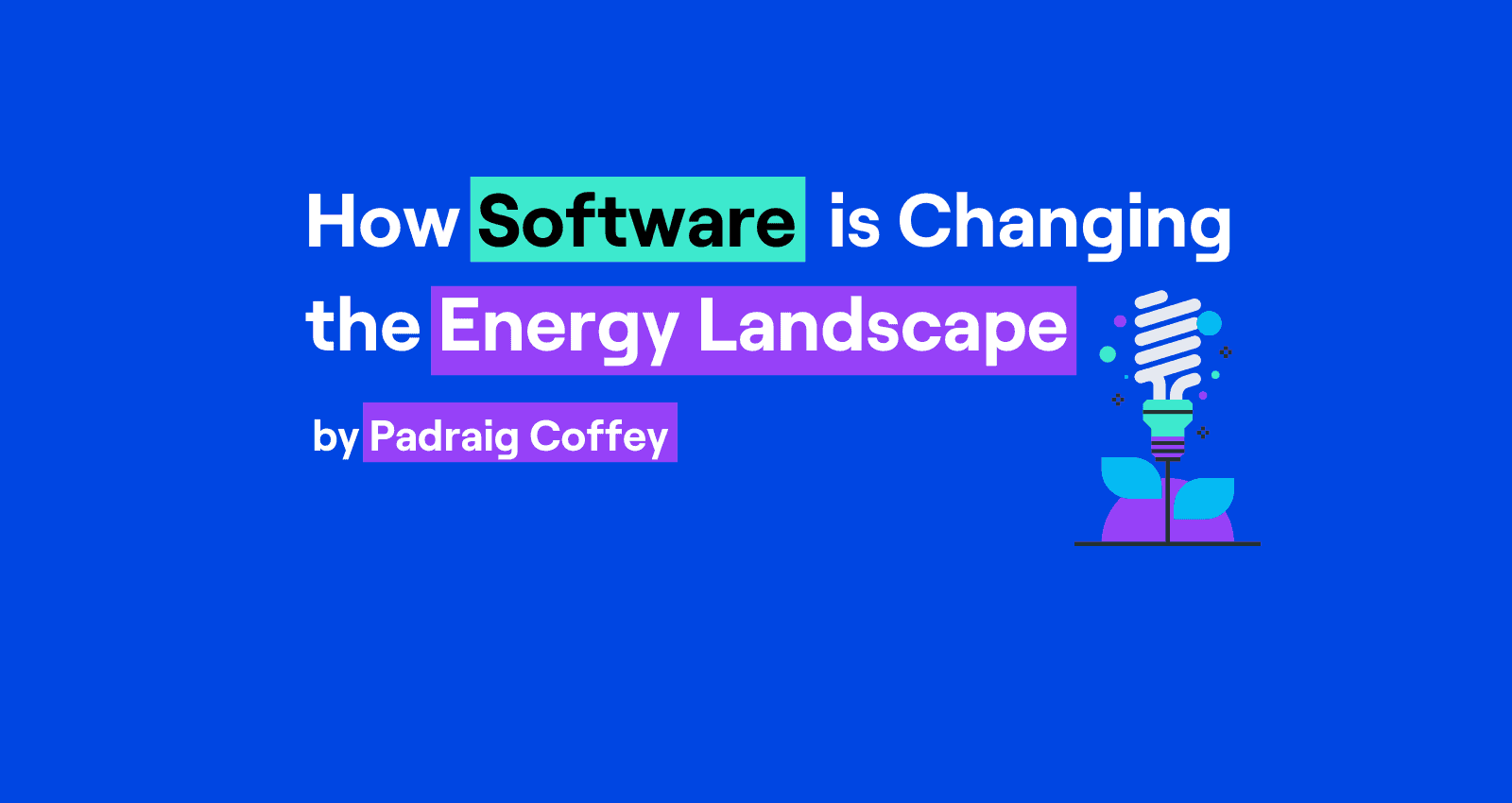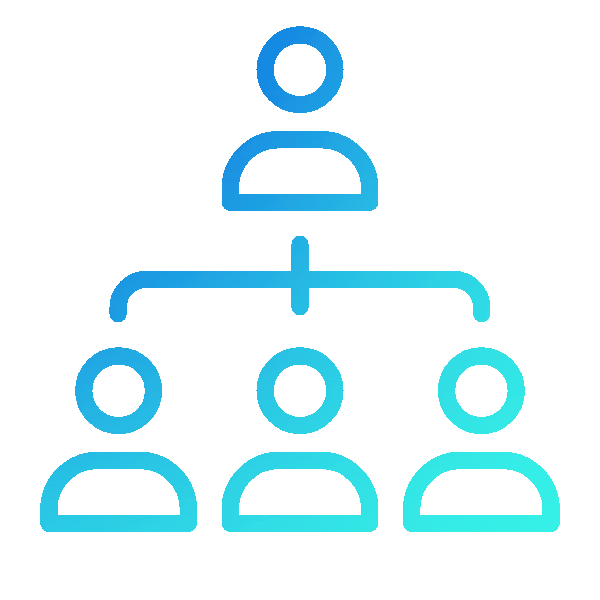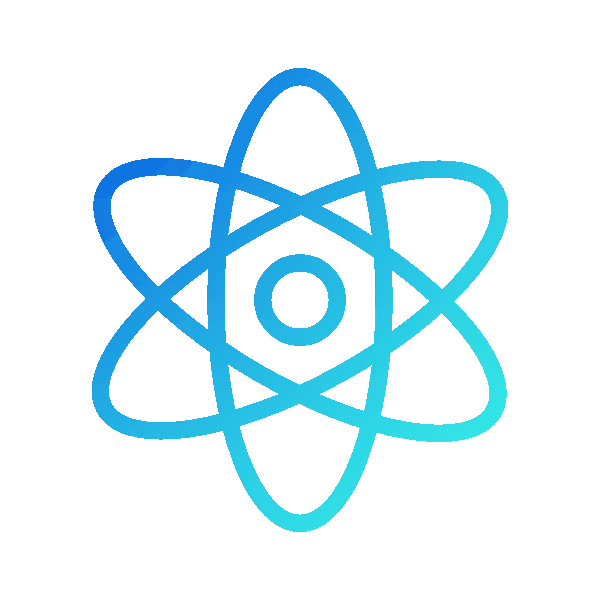#Energy Software
It is clear that software is impacting every facet of human life. From how we shop, work, find love, and interact with friends and family, to our ways of travel, learning and use of natural resources, technology is bringing enormous changes. It is in the realm of energy where many of the most dramatic changes are taking place. Software has the capability to change not only how energy is generated and distributed, but also how efficiently we can use it.
Expectations placed on the sector are great – more energy is required to meet the needs of developing countries, while there is the expectation from consumers in Western countries that this should be done in a climate-neutral manner. The good news is that advances in technology are emerging rapidly, in four main areas: smart grids, renewable energy, data analytics and energy security. As Zartis has been delivering more projects in the energy-technology sector, we have had the chance to observe first hand some of the opportunities and risks associated with these advances.
Smart Grids
Smart Grids allow us to observe energy usage at the individual/household level in real time, providing users with the capacity to understand their own usage, and energy retailers to optimize how they make energy available to consumers. A further advantage of Smart Grids is their capacity to promote usage at non-peak times, which can help level off the demand curve, allowing for more efficient energy generation at the level of power plants. Smart Grids can also leverage advances in software and hardware for mass usage of renewable energy within a national grid. Renewable energy micro-production has changed the game, placing energy generators where once we only had consumers.
Renewable Energy Software
Innovations in renewable energy software, as well as hardware, have boosted efficiency and helped bridge the gap between the cost of fossil fuels and cleaner forms of energy. Solar and wind generation have made massive strides in efficacy and cost, with software driving down prices through more efficient systems for managing generation, storage and distribution. Many homeowners are exploring the potential increase in home value with solar panels, making solar advice crucial in navigating this evolving landscape.
Software has also rapidly improved the design of wind turbines, as well as helping create models for entire wind farms, so investors can understand potential performance, return on investment, construction challenges and environmental constraints on efficient operation of each turbine.
Analytics for Energy
Vast numbers of data engineers are being hired in the energy software and technology sector, and this is for a variety of reasons. Firstly, analytics can assist utility companies in customer targeting and segmentations. Secondly, a deeper understanding of how consumers and businesses utilise energy provides huge opportunities for promoting energy efficiency. This can also inform what rates and tariffs can be offered, while streamlining everything from pricing, to billing to customer loyalty programmes. Properly deployed analytics can also provide a more robust approach to energy security.
Security
Let’s consider security in two different manners – firstly, in terms of preventing energy theft, and secondly, in reference to supply/grid integrity. An informed approach to data analytics can help detect energy fraud, which is a source of major losses for utility companies, and leads to higher prices for consumers and businesses.
On the second matter, the way in which energy grids have transformed creates significant risks from a cybersecurity perspective. A more distributed approach to energy generation can provide malefactors with an opportunity to disrupt supply which could cripple local and national economies, at least temporarily. To give an example, in 2015 there was a major disruption to the grid system in Ukraine, when hackers were able to access Scada systems and create an outage that took weeks to recover from. A lack of two-factor authentication was the main reason this attack could take place.
A twin track approach needs to be utilised to protect the integrity of the grid system. On the software side, loopholes, bugs and cracks need to be removed very quickly, and these ongoing software improvements need to be augmented with proper adherence to quality standards in terms of operation, and industry-specific certifications such as IEC 62443.
To Conclude
Improvements in energy software have the capability to massively transform energy usage and the wider environment in very positive ways. However, all change brings risk with it, and technology providers, utility companies and governments need to be mindful of what can go wrong, and prevent malefactors from creating economic and social disruption.
—





